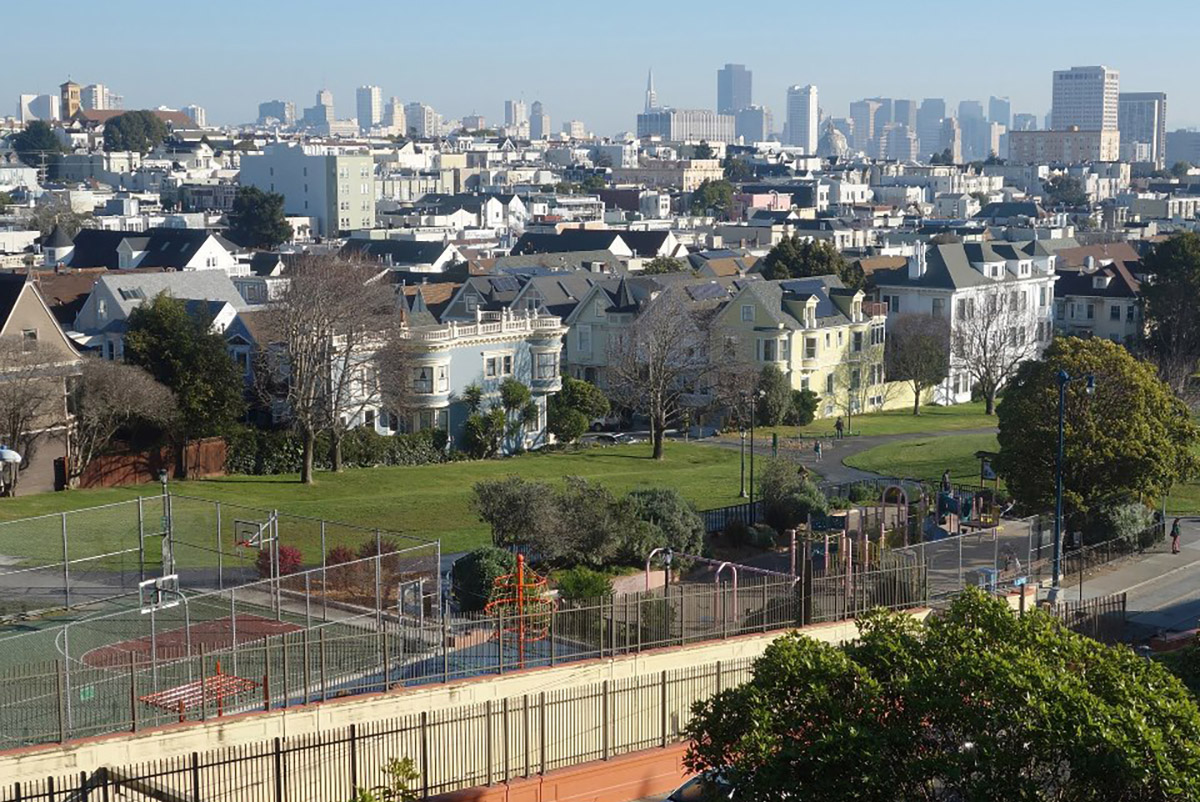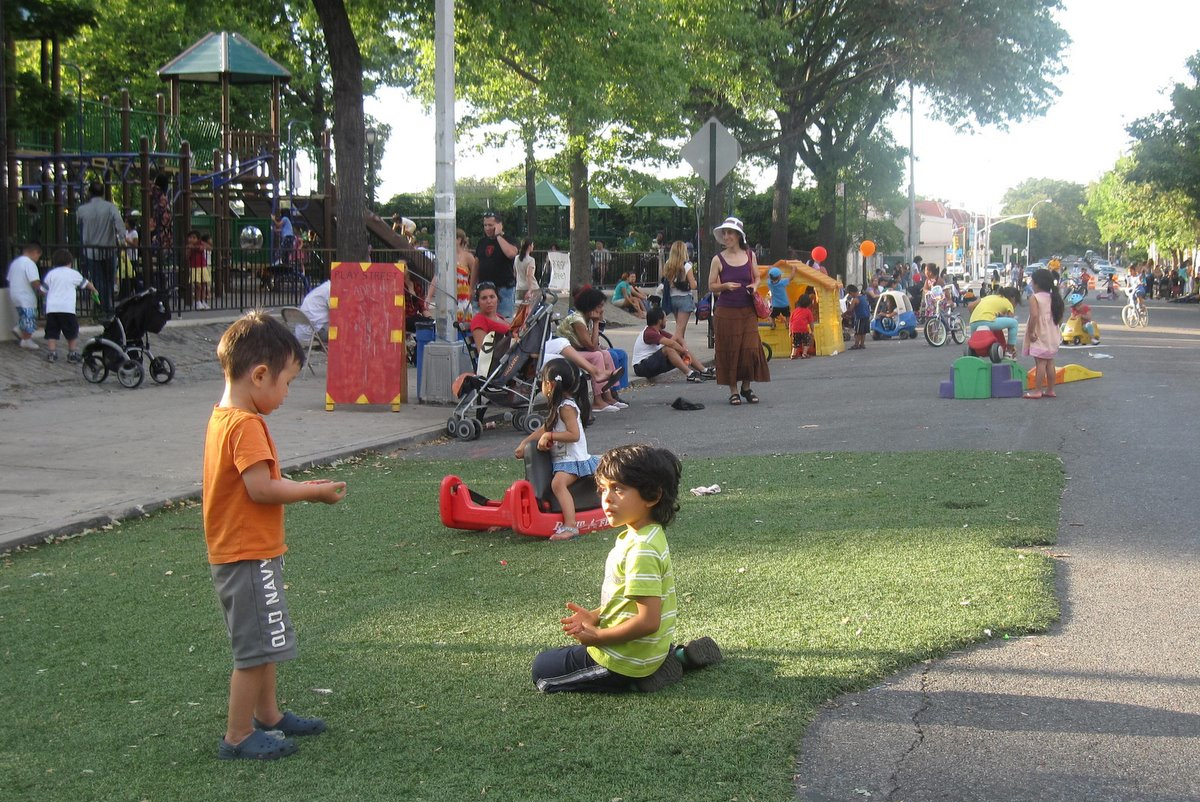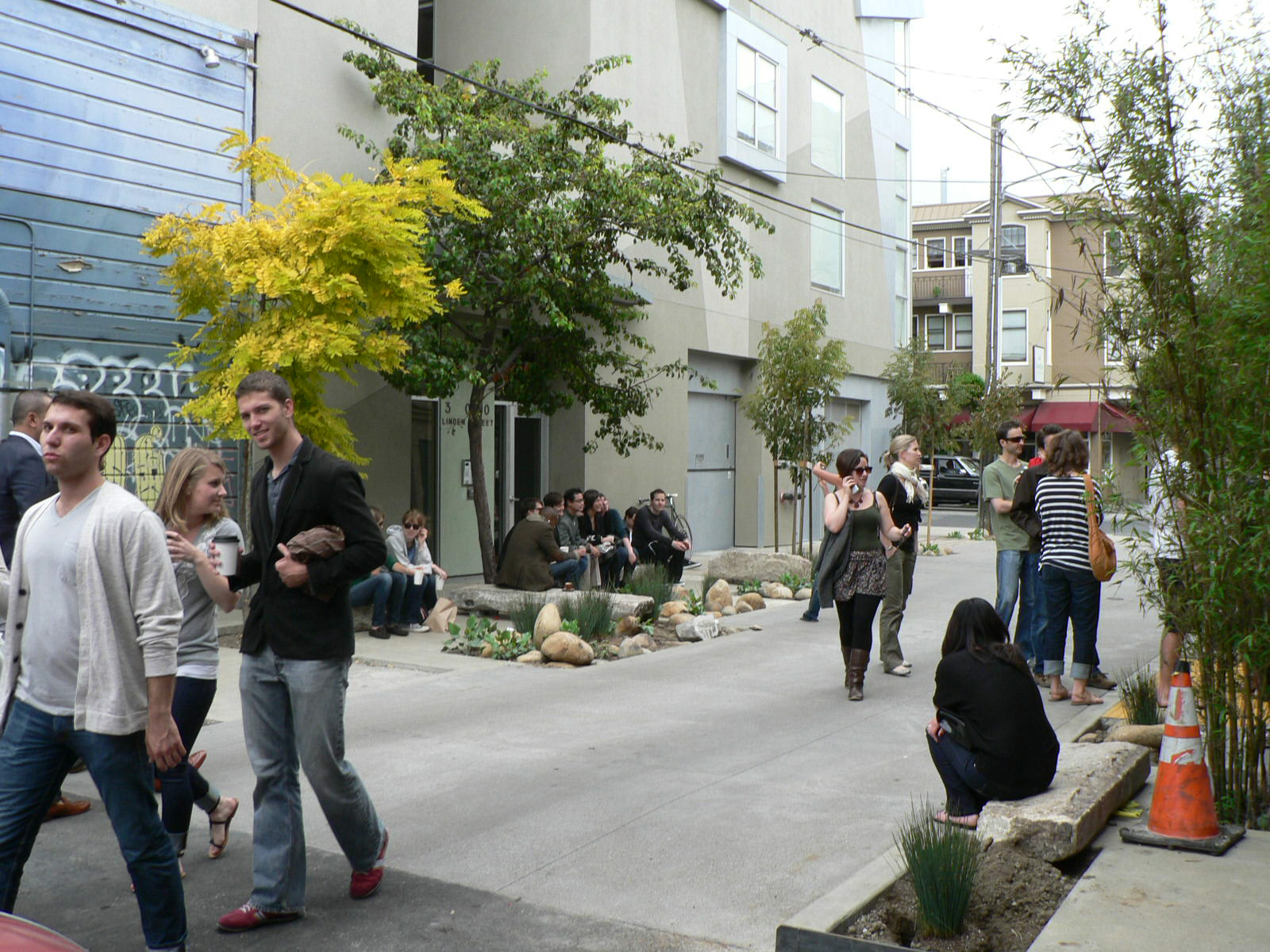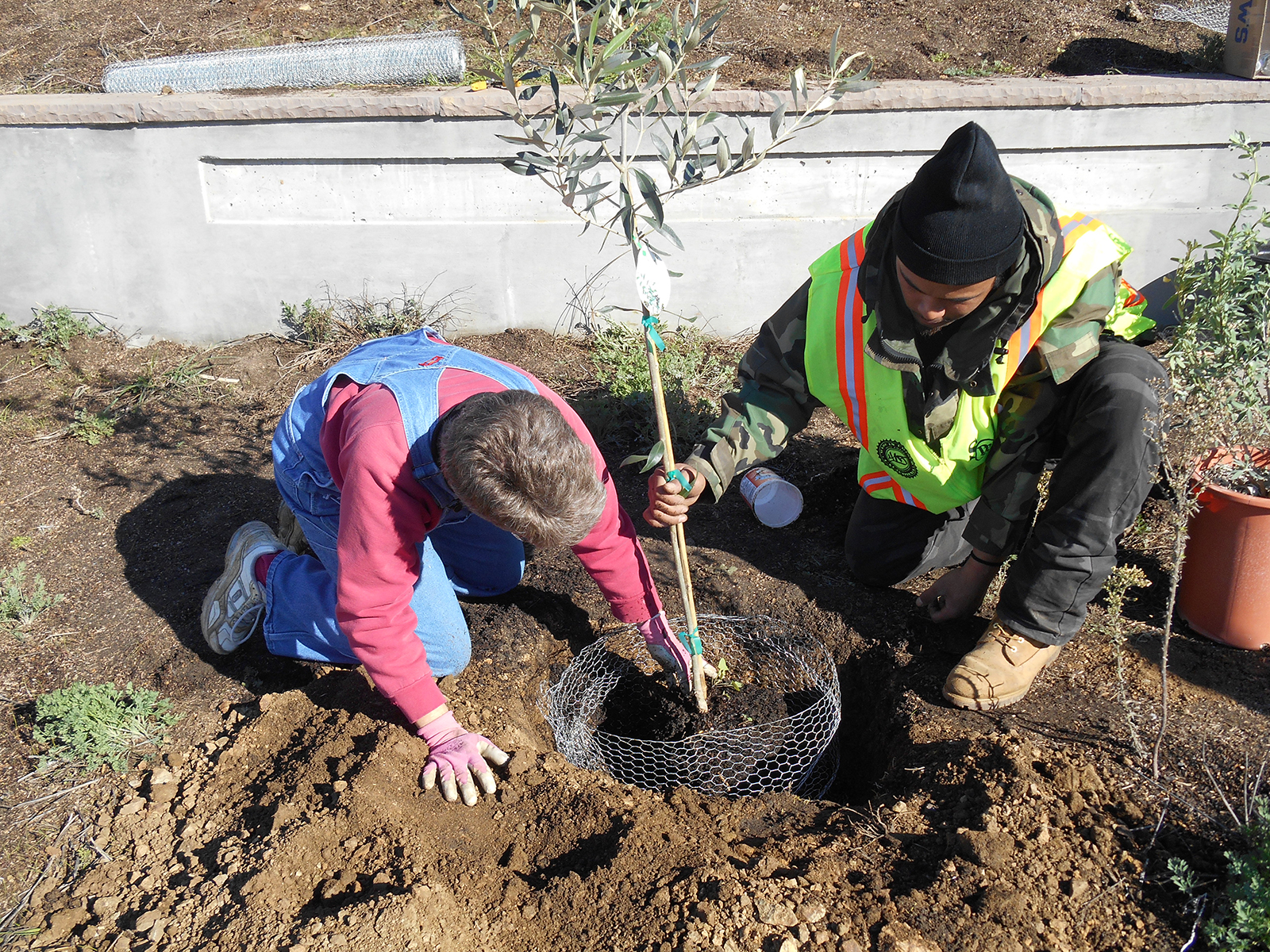BACKGROUND INFORMATION
In some scenarios, groups of residents, business owners, and other local stakeholders have formed grassroots organizations for the expressed purpose of engaging in public space stewardship. These organizations have varying levels of structural formality, but they are often volunteer-run and exist on a far different scale than larger stewardship organizations (such as a parks conservancy). Often taking the shape of a “Friends of” group, these entities have been effective stewards of parks and are increasingly being leveraged for management of plazas, living alleys, and other small-scale neighborhood public spaces.
STRENGTHS
Whether they are loosely organized neighborhood groups or independent non-profits, grassroots community partnerships are typically small and run on low budgets. Groups without their own non-profit status may rely on other non-profits for fiscal sponsorship, or may pursue fiscal sponsorship arrangements on a project basis, such as for large fundraising campaigns. Wherever they fall on the spectrum of organizational structures, their small size and relative informality typically allows these groups to be nimble and flexible. By leveraging valuable volunteer resources and in-kind donations to address clean-up, advocacy, programming, and fundraising, grassroots community partnerships can have a big impact while keeping costs low.
Most grassroots community partnerships involve a broad base of stakeholders. By engaging a variety of players in different ways, grassroots community partnerships help achieve a strong foundation of community ownership over a public space. The capacity-building that takes place through stewardship activities, such as a volunteer clean-up day, can benefit a neighborhood in a variety of ways for future projects and community organizing efforts.
WEAKNESSES AND LIMITATIONS
Grassroots community partnerships tend to be relatively informal, and they often run on very low budgets. Lack of sophisticated organizational systems and infrastructure can be a limiting factor for such groups. New tools are emerging to address this issue. One example is ioby - a crowd-resourcing platform for citizen-led neighbor-funded projects that also offers fiscal sponsorship. Still, grassroots community partnerships may struggle sustaining efficacy over time. These groups are dependent on people’s free time, and key players may drop in an out as their availability and interest dictates. If turnover is high, there is the risk that information and resources are not effectively translated to new volunteers, and this scenario can lead to wasted time and frustration.
These realities shed light on the fact that grassroots groups are ill-suited to stand alone as the lead maintenance entity for a public space; a group of volunteers can have a big impact through monthly clean-up days, but it is unlikely that even the most enthusiastic and well-organized group would be equipped to manage major maintenance and facility issues.
Equity is also an issue with this model. High-resource communities are often better-positioned to make grassroots community partnerships work: they can more easily secure financial donations from local neighbors and businesses; they tend to have stronger connections to corporate sponsors; and, they often have more experience with organizational management, marketing, and fundraising. In neighborhoods with fewer resources and/or high crime rates, managing a public space may represent a very challenging financial and organizational burden.
CASE STUDIES
Friends of Duboce Park | San Francisco, CA (Photo: Friends of Duboce Park)






